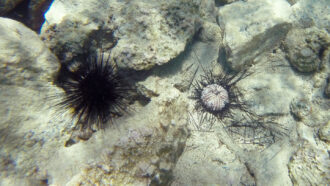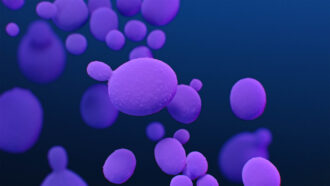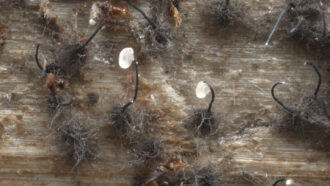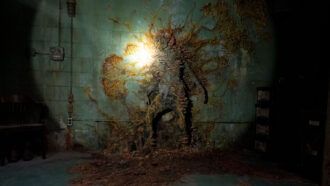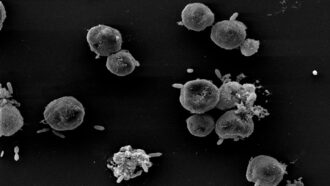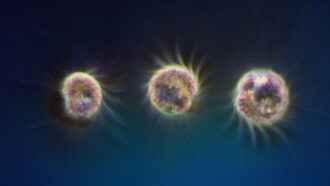Meet some of the microbes that give cheeses flavor
Scientists have pinpointed bacteria that make cheese taste fruity, musty or oniony
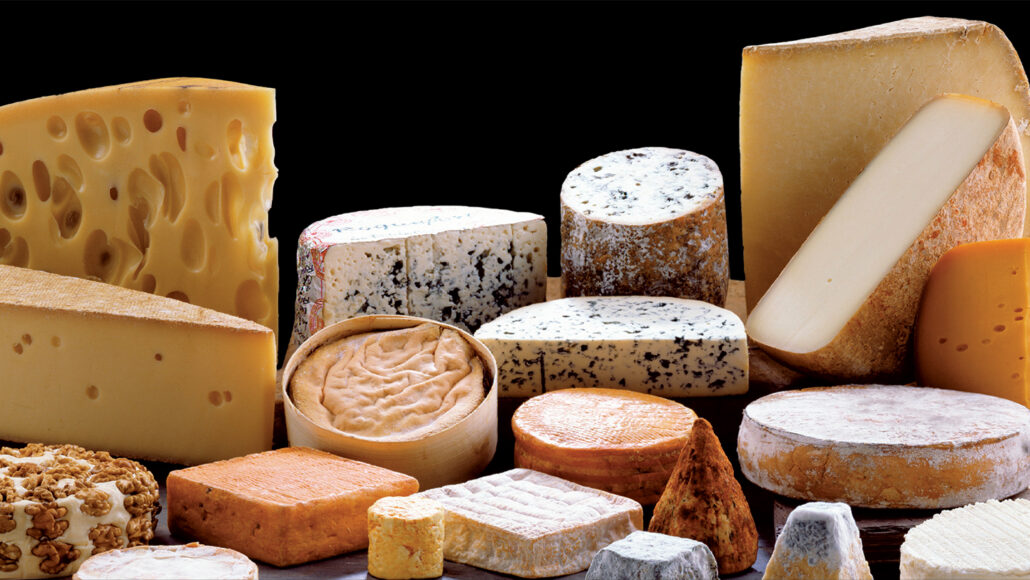
Bacteria that colonize cheeses as they ripen help shape the flavors that develop. Scientists are now nailing down which types of bacteria are responsible for which flavors.
Alain Muriot/Getty Images


